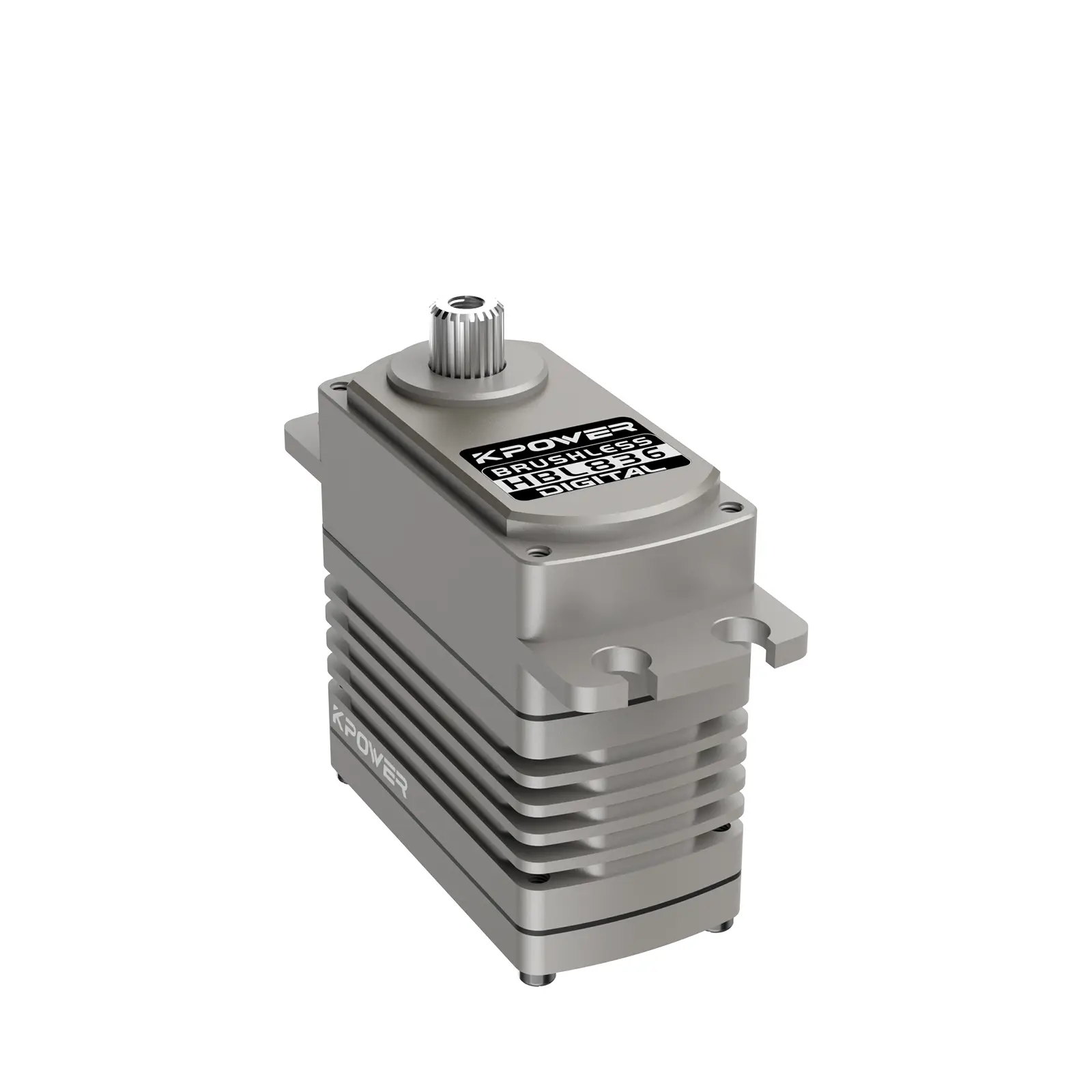When building a reliable and scalable microservice architecture, one crucial piece you don’t want to overlook is a microservice circuit breaker. It’s not the most glamorous tool, but it plays a critical role in keeping things running smoothly when failures happen. Imagine a system with a lot of interconnected services. If one service fails, it can trigger a chain reaction, bringing down everything. That's where the circuit breaker comes in, preventing a small issue from escalating into a full-scale disaster.

So, how does a microservice circuit breaker work? It’s pretty simple, actually. Picture it like a safety switch on a power circuit. When the circuit breaker detects a failure in one of the services, it "opens" to stop the failure from spreading. This gives the troubled service time to recover while protecting the rest of the system from collapsing. Once the issue is resolved, the breaker "closes," allowing the service to come back online.
You might wonder: Why can’t we just rely on the service to handle failures on its own? The reality is that as systems scale, the likelihood of failure increases. One slow service can delay others, causing a domino effect. Without a circuit breaker, these issues can quickly spiral out of control. The circuit breaker acts as a shield, making sure that minor issues don’t lead to major outages.
A good circuit breaker doesn’t just stop at failure detection. It also gives you insights into the health of your system. When the breaker trips, you get immediate alerts, allowing you to jump in and troubleshoot before it becomes a bigger problem. You don’t have to wait for a user to report a problem, which can save you hours of downtime.
Now, there are different types of circuit breakers, each suited for various needs. The most common ones are the fail-fast and fail-silent models. A fail-fast circuit breaker will quickly cut off the failing service, alerting you that something is wrong. On the other hand, a fail-silent circuit breaker might silently stop the failing service, giving it time to recover without causing any disruptions to the user.
You might be asking yourself, does my system really need a circuit breaker? If you have a system with multiple services talking to each other, then yes, it does. Even if your system isn’t massive right now, building in resilience early on can save you from bigger headaches down the road.
Another thing to keep in mind is testing. A circuit breaker won’t do much good if you don’t test it under real-world conditions. It’s essential to simulate failures in a controlled environment so you know exactly how your system will behave when things go wrong. Regular testing ensures your circuit breaker will perform as expected when the time comes.
With a solid circuit breaker in place, you're giving your microservices the protection they need to run without interruptions. Instead of worrying about system failures, you can focus on improving your services, knowing the circuit breaker is looking out for you. It’s an investment in reliability, and in today’s fast-paced world, that’s something every system can benefit from.
Established in 2005, Kpower has been dedicated to a professional compact motion unit manufacturer, headquartered in Dongguan, Guangdong Province, China. Leveraging innovations in modular drive technology, Kpower integrates high-performance motors, precision reducers, and multi-protocol control systems to provide efficient and customized smart drive system solutions. Kpower has delivered professional drive system solutions to over 500 enterprise clients globally with products covering various fields such as Smart Home Systems, Automatic Electronics, Robotics, Precision Agriculture, Drones, and Industrial Automation.




































